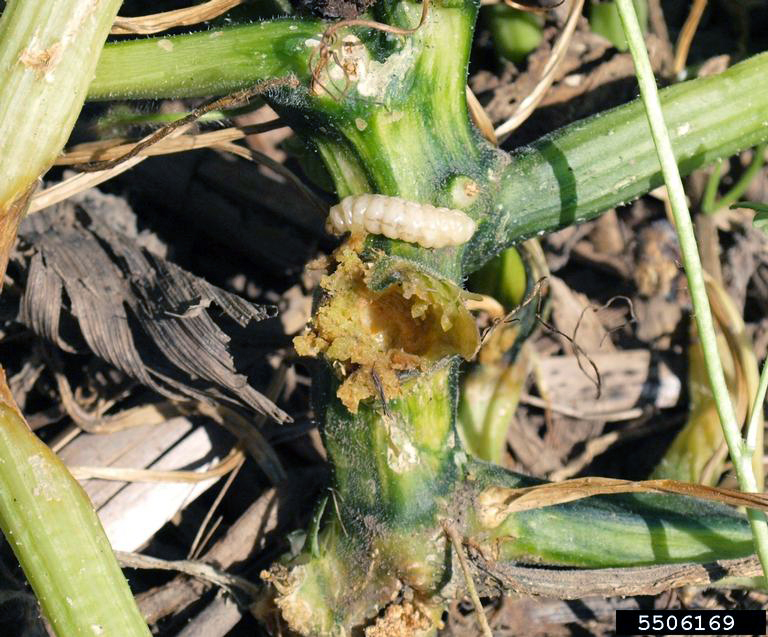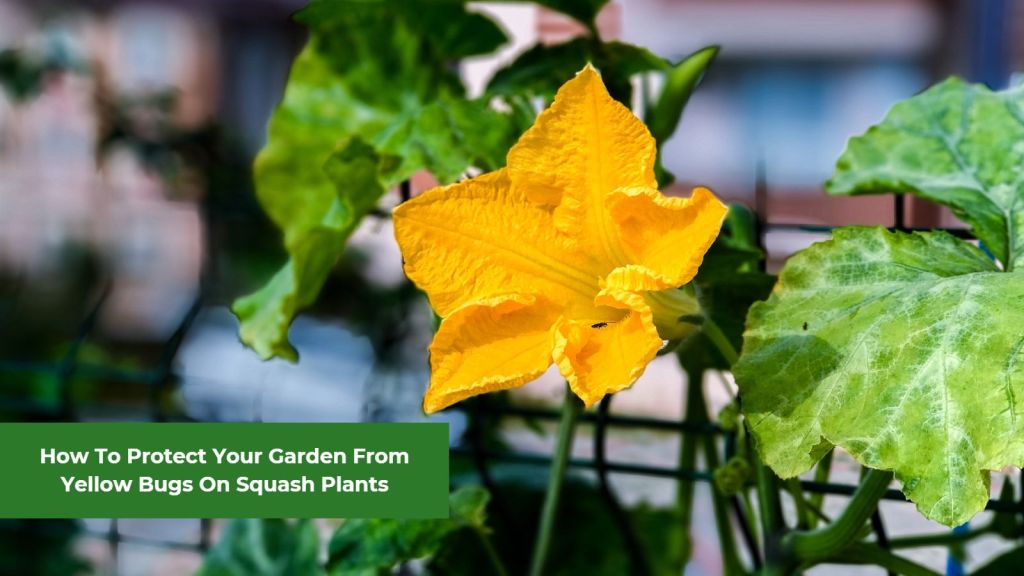If you love growing squash plants, you might encounter a problem: white bugs. These tiny insects can harm your plants if you don’t do anything about them. In this article, we will learn how to identify these white bugs, see how they affect squash plants, and discover ways to control them. Understanding these pests and taking action can keep your squash plants safe and enjoy a successful harvest.
If you see a few white bugs on squash plants, there can only be these 2 insects: Squash vine borers’ larvae or Silverleaf whiteflies. Let’s explore how these bugs/ larvae look and how to treat them.
1. Squash Vine Borers’ Larvae
Read more: What Insects Lay White Insect Eggs On Leaves?
The larvae of squash vine borers are notorious pests that can cause significant damage to squash and related plants. These larvae are in the immature stage of the squash vine borer moth. Once hatched, the larvae tunnel into the stems of the plants, causing wilting, wilting leaves, and eventually plant death if left untreated. The larvae have a white body with a brown head and can grow up to an inch long.
Managing squash vine borer larvae involves early detection, removing infested plants, and implementing preventive measures such as row covers or insecticides. Gardeners can proactively protect their squash plants by understanding these larvae’s life cycle and appearance.
Reference: Squash vine borers – University Of Minnesota Extension.
2. Silverleaf Whitefly
Silverleaf whiteflies are tiny insects that can cause significant damage to plants. These pests have white, moth-like wings and are often found in large numbers on the undersides of leaves. They feed on plant sap, weakening the plant and stunting its growth. In addition, silverleaf whiteflies excrete a sticky substance called honeydew, which can attract sooty mold and further hinder the plant’s health.
Controlling silverleaf whiteflies involves:
- Using sticky traps.
- Introducing natural predators.
- Applying insecticidal soap or neem oil.
- Practicing good garden hygiene.
Regular monitoring and early intervention are crucial to preventing a widespread infestation and protecting the overall health of your plants.
Watch more:
A Few Final Words
Dealing with white bugs on squash plants can worry gardeners, but there are ways to handle them. You can reduce their impact by correctly identifying the bugs and using effective control methods. Try attracting helpful insects that eat these pests, remove them manually, use organic insecticides, place reflective mulch, and keep your garden clean.
More reading suggestions on Green House Center about different bugs on squash plants:
















![[GHC Featured Image] What Are The White Bugs On Squash Plants white bugs on squash plants featured image](https://greenhousecenter.net/wp-content/uploads/2023/07/GHC-Featured-Image-What-Are-The-White-Bugs-On-Squash-Plants-696x392.jpg)






